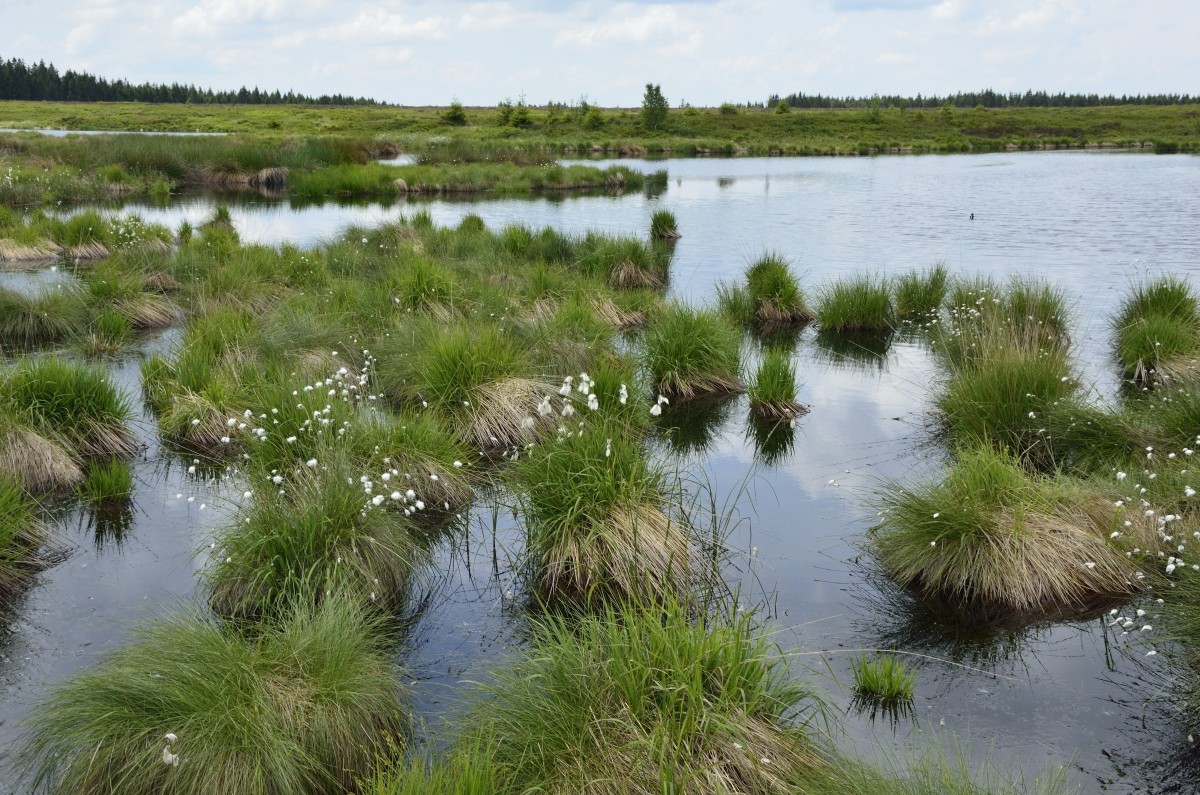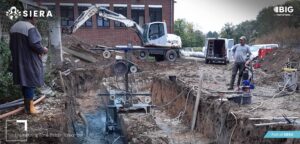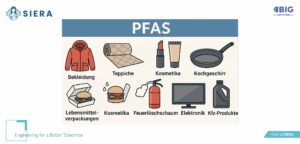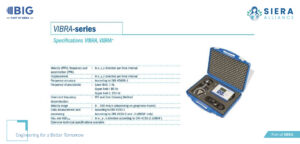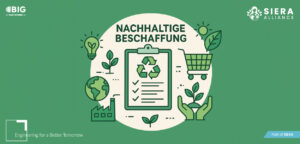The federal and state governments are pursuing a joint strategy aimed at protecting and rewetting peatlands to reduce greenhouse gas emissions.
The decomposition of peat soils as a result of drainage measures and peat use is a significant source of greenhouse gas emissions worldwide. In Germany, approx. 6.7 % of greenhouse gas emissions (approx. 53 million tonnes CO2-equivalents) from the decomposition of drained peat soils.
While the cultivation of peatlands used to be necessary for the cultivation of food and fodder, it is now realised that the massive drainage and intensive agricultural use of peatlands contradict climate and environmental protection goals. In addition, such use is only possible for a limited period of time due to the resulting decomposition of the peatlands.
Protecting peatland soils is an essential and cost-effective way to achieve national and international climate goals.
In addition to the goal of reducing greenhouse gas emissions by up to 5 million tonnes of CO2-equivalents by 2030, the strategies for peatland protection also lead to the conservation of biodiversity. Furthermore, peatland soil protection has a positive influence on the climate, water balance and water quality.
The conservation measures of the agreement include the preservation of peat soils that are still or once again intact, the raising of water levels as partial rewetting to reduce peat depletion or complete rewetting to preserve peat, and the adaptation or redesign of land use with the aim of reducing greenhouse gases from these areas. Ideally, the regeneration of peat mosses should reduce CO2 are bound instead of being released as before.
Within the business area "Environment", the Mull & Partner group also operates the working field "Nature and Species Protection", among others, and creates suitable environmental protection concepts for you.

